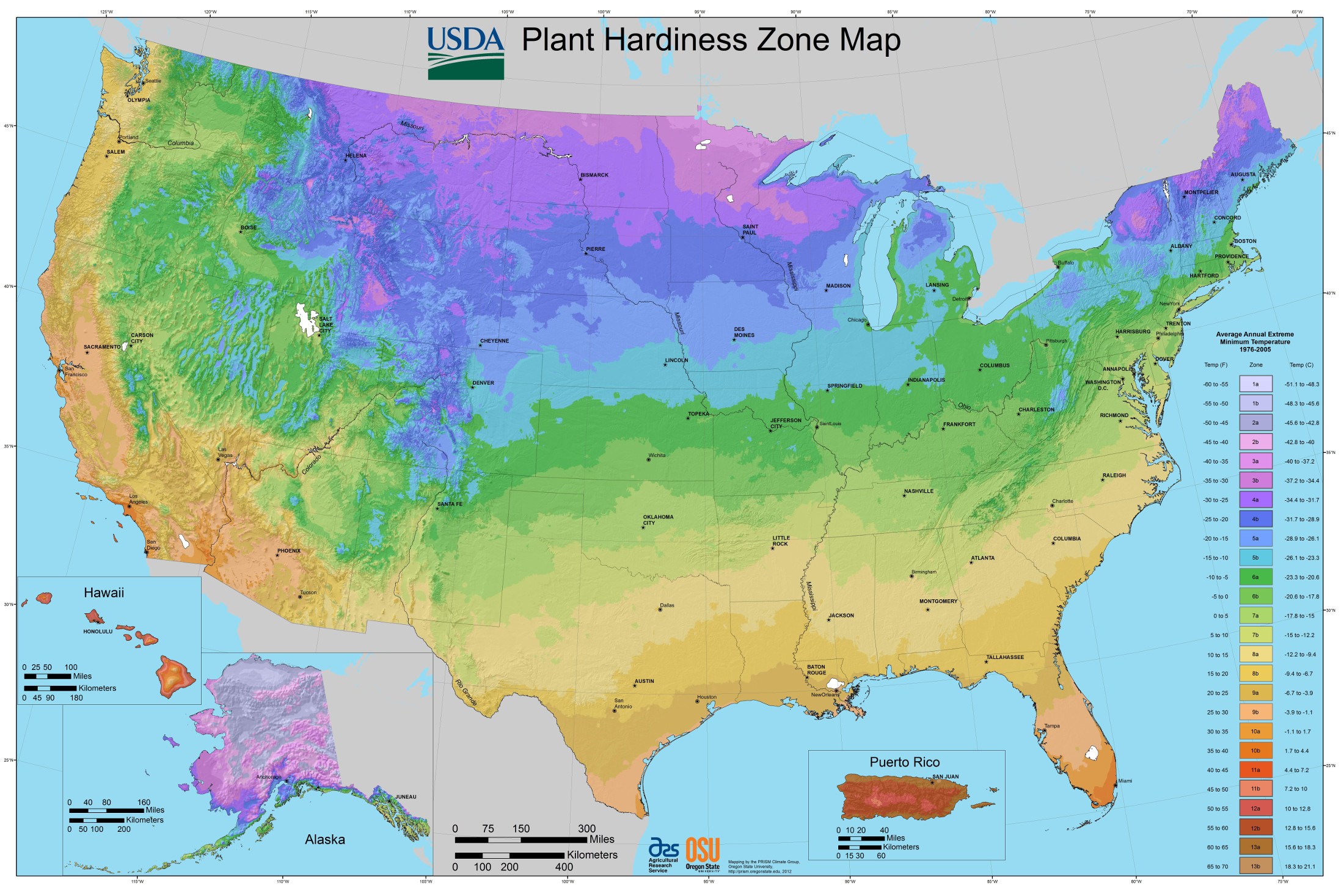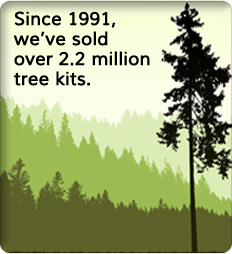 Loading... Please wait...
Loading... Please wait...- 1-800-343-2313
- Home
- My Account
- Gift Certificates
- View Cart
Growing Zones
Hardiness zones are based on the average annual extreme minimum temperature during a 30-year period in the past, not the lowest temperature that has ever occurred in the past or might occur in the future. Gardeners should keep that in mind when selecting plants, especially if they choose to "push" their hardiness zone by growing plants not rated for their zone. In addition, although this edition of the USDA PHZM is drawn in the most detailed scale to date, there might still be microclimates that are too small to show up on the map.
Many other environmental factors, in addition to hardiness zones, contribute to the success or failure of plants. Wind, soil type, soil moisture, humidity, pollution, snow, and winter sunshine can greatly affect the survival of plants. The way plants are placed in the landscape, how they are planted, and their size and health might also influence their survival.
Light: To thrive, plants need to be planted where they will receive the proper amount of light. For example, plants that require partial shade that are at the limits of hardiness in your area might be injured by too much sun during the winter because it might cause rapid changes in the plant’s temperature.
Soil moisture: Plants have different requirements for soil moisture, and this might vary seasonally. Plants that might otherwise be hardy in your zone might be injured if soil moisture is too low in late autumn and they enter dormancy while suffering moisture stress.
Temperature: Plants grow best within a range of optimum temperatures, both cold and hot. That range may be wide for some varieties and species but narrow for others.
Duration of exposure to cold: Many plants that can survive a short period of exposure to cold may not tolerate longer periods of cold weather.
Humidity: High relative humidity limits cold damage by reducing moisture loss from leaves, branches, and buds. Cold injury can be more severe if the humidity is low, especially for evergreens.
USDA Plant Hardiness Zone Map. Agricultural Research Service, U.S. Department of Agriculture. Accessed from http://planthardiness.ars.usda.gov.
Tree Species
Best Growing Zones
American Elm
3 - 9
Blue Spruce
4 - 7
Dawn Redwood
4 - 8
Douglas Fir
4 - 6
Giant Sequoia
6 - 9
Paper Birch
2 - 7
Ponderosa Pine
3 - 7
Red Maple
3 - 9
Sycamore
4 - 9
These zone recommendations are not set in stone and trees could easily grow in a zone not listed above. The zone recommendations are just a guide to where each species grows the best. Recommendations are based on the 2012 USDA plant hardiness zones.







